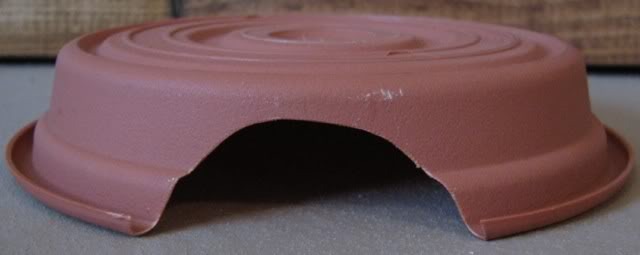First let me preface this that this with feeding issues in young ball pythons is very common issue for new owner (the number one question found on forums), but it can be reversed quickly if the new owner keeps an open mind and forget everything he/she heard or thinks he/she knows.
First forget about what your pet store, friend or maybe even vet says: While feeding issues are common with young BP do not think it’s normal for them not to eat or that they can go a long time without food. Young healthy well started BP are designed to be feeding machine it’s encoded in their DNA (it’s a matter of growth and survival).
So why are so many new owner experience feeding issues? Because while they mean well and think their setup is perfect while it is not. I cannot tell you how many time I have read “I don’t understand my setup is perfect but my new baby won’t eat” than once you start asking question you realize that the setup is far from perfect for a new baby.
So forget what the pet store employee told you or sold you, ignore what some people who own one or two snakes that have been thriving in a 40 gallons tank since they were hatchlings will tell you, this is not about those animals that thrive this is about YOURS and the fact that it refuses to eat for you which mean your animal is trying to tell you something, so open your mind and listen.
Some people probably wonder if they should take their animal to the vet when they experience feeding issue and my answer will be NO in the vast majority of the cases, most vets will not tell you what I am about to tell you about husbandry changes often not seeing anything wrong with your setup, they will be quick to push antibiotic, force feeding and tube feeding which is often counter productive and will not solve the issue.
So how can you provide your hatchling with an optimum setup that will get you on tract rapidly, leading to a more enjoyable first time experience?
First: If your new baby has not fed for you in the first 3 to 4 weeks it is time to act, while adult can go a long time without food younger animals do not and it often becomes a vicious circle (the less they eat the less they want to eat)
Second: Change everything and do it to a T (do not pick and chose what you like)
Ball Pythons unlike other species MUST have their needs met to a T, it is very important especially with an hatchling getting used to a new environment, among those needs SECURITY is the single most important one and should always be kept in mind. So if your hatchling is less than 200 grams here is what I always recommend.
- Use a 6 quarts tub as enclosure (with holes for airflow); remember this is TEMPORARY until the animal reaches 200/250 grams and or until you can read and troubleshoot your animal yourself. (So even if you dislike tubs and have the perfect 10 gallons setup ready to go, it does not matter what matters is to provide a proven method that will help your animal start eating for you)
- Provide aspen or coconut chips as bedding, those will allow your new pet to bury itself in the bedding offering added security.
- Provide 1 plastic flower pot saucer as hide (6 inches in diameter), they are very low profile with the top touching your BP’s body, which will provide an even more secure environment.
- Provide a small water dish.
- Provide temperatures of 76/78 on the cool side and 86/88 on the warm side (no higher, this will be achieved with a a UTH combined with a thermostat, you will also need a reliable digital thermometer to achieve those requirements.
- Provide a humidity level of 50%/60%
- Wait a week with no handling and offer a live mouse or rat (depending on what the animal was previously feeding on with the breeder), if you are not sure, or the animal comes from a pet store, offer a live mouse. The ideal prey should be slightly smaller or equal to the girth size (widest part of your BP’s body) – Remember offer in the tub (do not feed outside the tub), close the lid and remove if un-eaten after 10/15 min.
Now keep in mind that it might not work the first time around and in some extreme cases (un-started animals, failure to thrive, rehab) it might take more than one try and some additional measures, but it can be done.
Once your animal takes a few meals for you (3 to 5 meals) you can start handling it and/or even move it back to a different enclosure that is suited for a young animal such as a 10 gallons tank that you will upgrade over time.
Pictures are worth a 1000 words and here is what the inside of your new setup will look like without the hide.
Hide for your new setup.

If you have additional question feel free to send me a PM.
